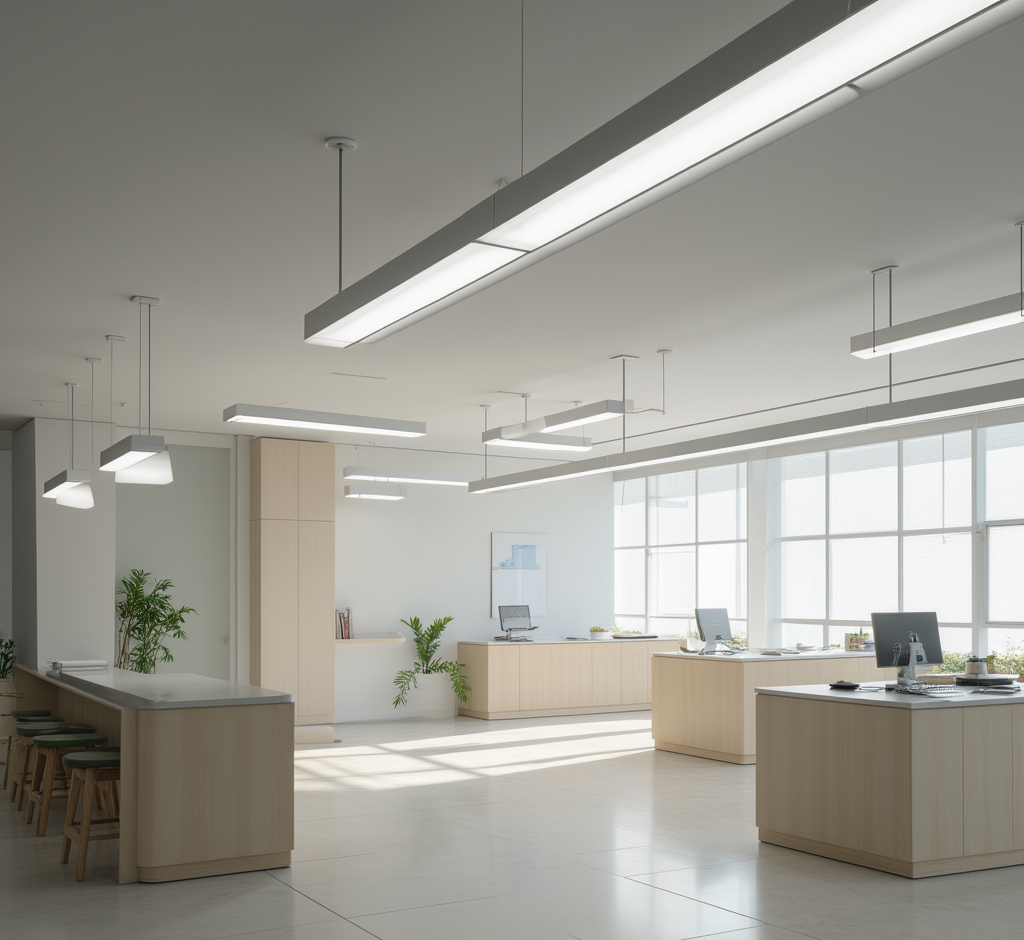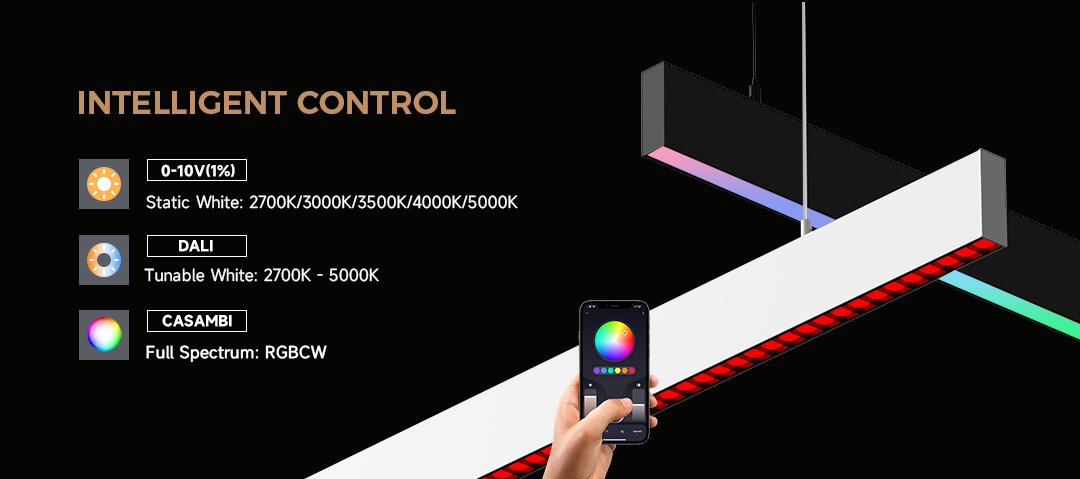1.Multi-Protocol Connectivity: Products now support Zigbee, Wi-Fi, Thread, and Matter protocols, ensuring compatibility with Apple HomeKit, Google Home, and Amazon Alexa.
2.Human-Centric Lighting: Circadian rhythm-based systems adjust color temperature to mimic natural light, improving productivity (e.g., Harvard study showing 18% focus boost in dynamic office lighting).
3.Smart City Infrastructure: Linear lights integrated with 5G microcells and environmental sensors are being deployed in Los Angeles and Toronto for traffic monitoring and air quality detection, driving investments.

